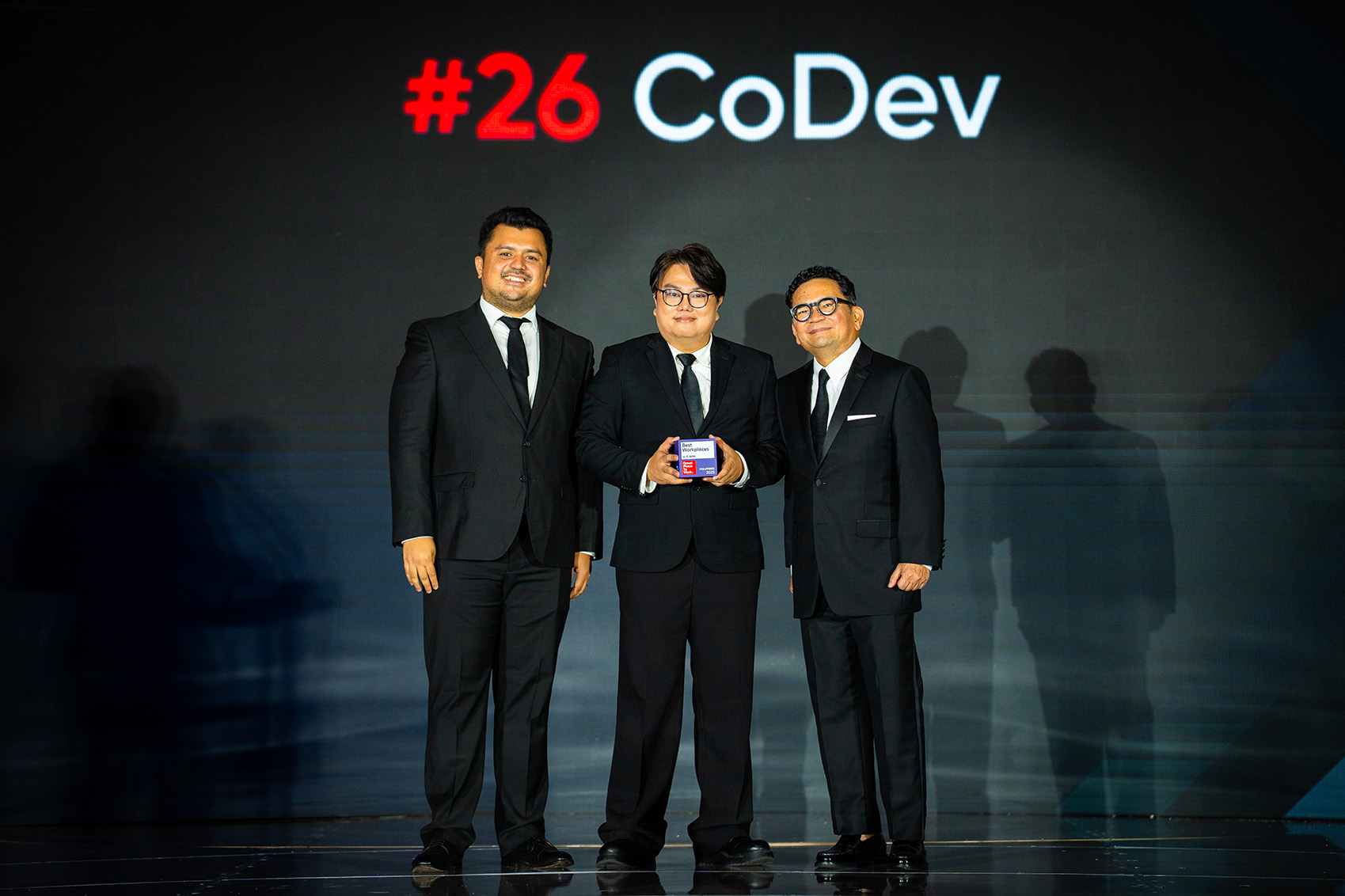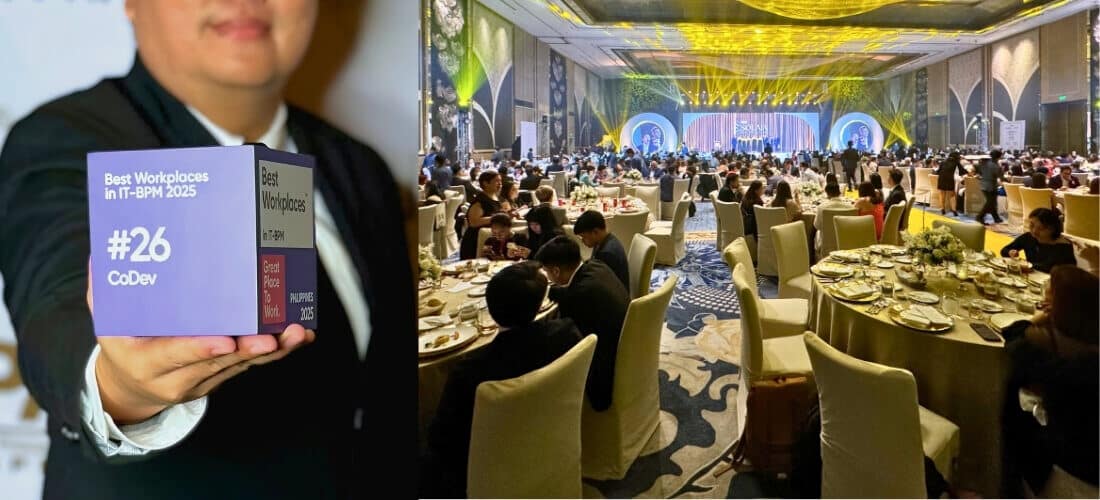Sinulog Festival in Cebu: 10 Intriguing Facts to Better Manage Your Filipino Offshore Team
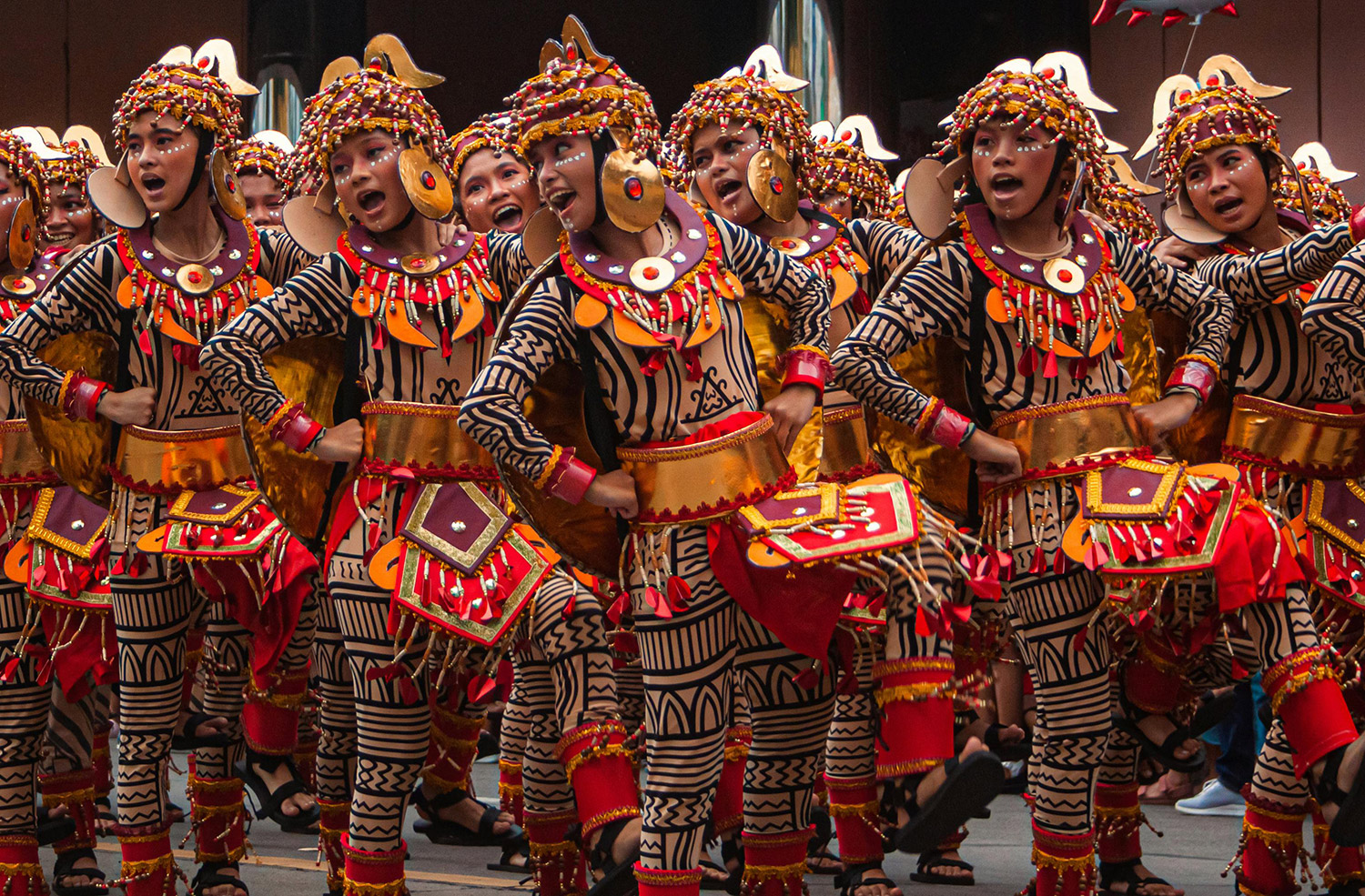
Sinulog in Cebu, one of the Philippines' grandest and most colorful festivals, is a time of great celebration, devotion, and community spirit in Cebu City.
Understanding the Sinulog offers valuable insights into their rich history for potential clients and partners of Cebuano workers (as people from Cebu are called). Knowing about the Sinulog festival in Cebu also helps you understand how they balance tradition with work. This is important because CoDev’s main offices are located in Cebu City!
Want to learn more about how Cebuanos celebrate and balance their work-life during Sinulog in Cebu? Here are 10 intriguing facts about the Sinulog festival in Cebu that highlight the history and impact on the Cebuano workforce.
1. The Sinulog in Cebu dates back to before the Spaniards arrived in the Philippines.
How did it begin? There are various sources and differing views.
The Sinulog traces back to at least 500 years, when Portuguese explorer Ferdinand Magellan arrived in Cebu in 1521. He presented the Santo Niño (Child Jesus) to Hara (Queen) Humamay of Cebu as a baptismal gift, marking the beginning of Christianity in the region.
As a result, today’s Sinulog festival commemorates this historical event, symbolizing the Cebuano people's deep-rooted devotion to the Santo Niño.
This context sheds light on the community's enduring faith and resilience. These traits are mirrored in many individuals working in BPOs in Cebu.
2. The iconic Sinulog dance mimics the flow of water.
If you’ve seen someone dancing during Sinulog, you know how captivating they can look.
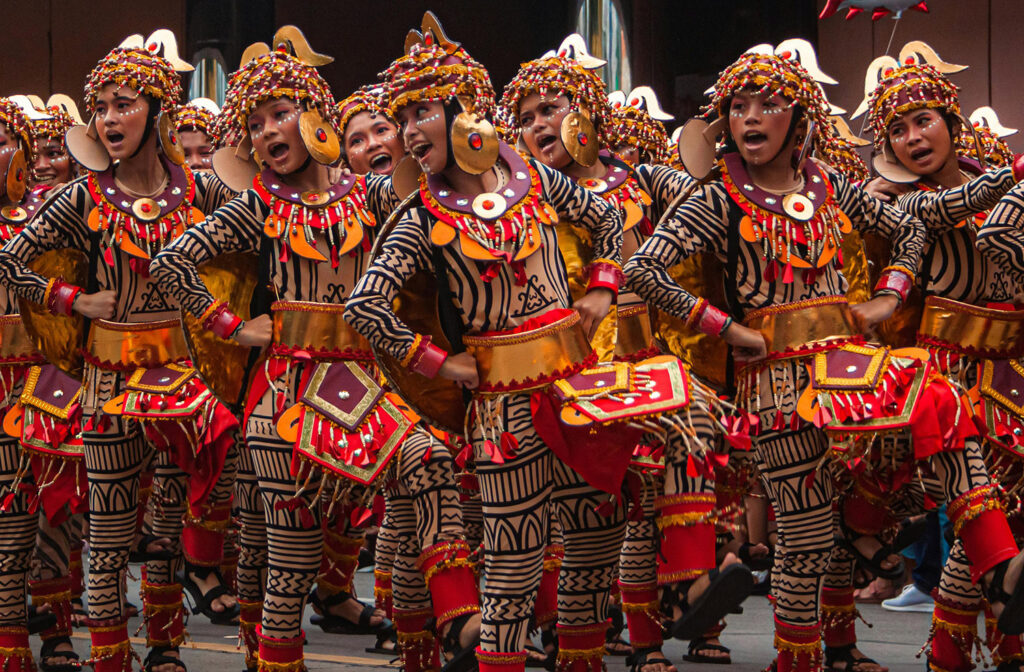
The Sinulog dance, with its distinct two-step-forward and one-step-backward movement, is more than just a performance but a form of prayer and devotion. It is said that the dance was used in animist worship during the pre-colonial period.
Today, the dance is said to mimic the flow of the Pahina River in Cebu, hence the term “Sinulog,” which comes from the word “sulog” which means “like water current movement.” The iconic dance is performed by thousands of participants clad in colorful costumes during the Grand Parade.
3. The Sinulog features a grand parade and street parties.
The Sinulog Grand Parade is the festival's most anticipated event, drawing about 1M to 1.5M spectators from around the country, including foreigners. It features a vibrant procession of floats, dancers, and marching bands from different contingents across Cebu and other parts of the Philippines.

The Grand Parade happens on the 3rd Sunday of January, on one of the city’s busy streets, Mango Avenue. Cebuanos often take part in organizing or attending these events with their friends or family. During the Sinulog week, many workers attend processions and masses in Catholic churches in preparation for the big day.
Despite the festive atmosphere, many maintain a strong sense of responsibility and professionalism at their workplace.
4. There is religious devotion amidst the celebration.
While the Sinulog festival in Cebu is known for its lively festivities, the religious aspect remains central. Many Cebuanos participate in dawn novena masses, solemn processions, and prayers dedicated to the Santo Niño.
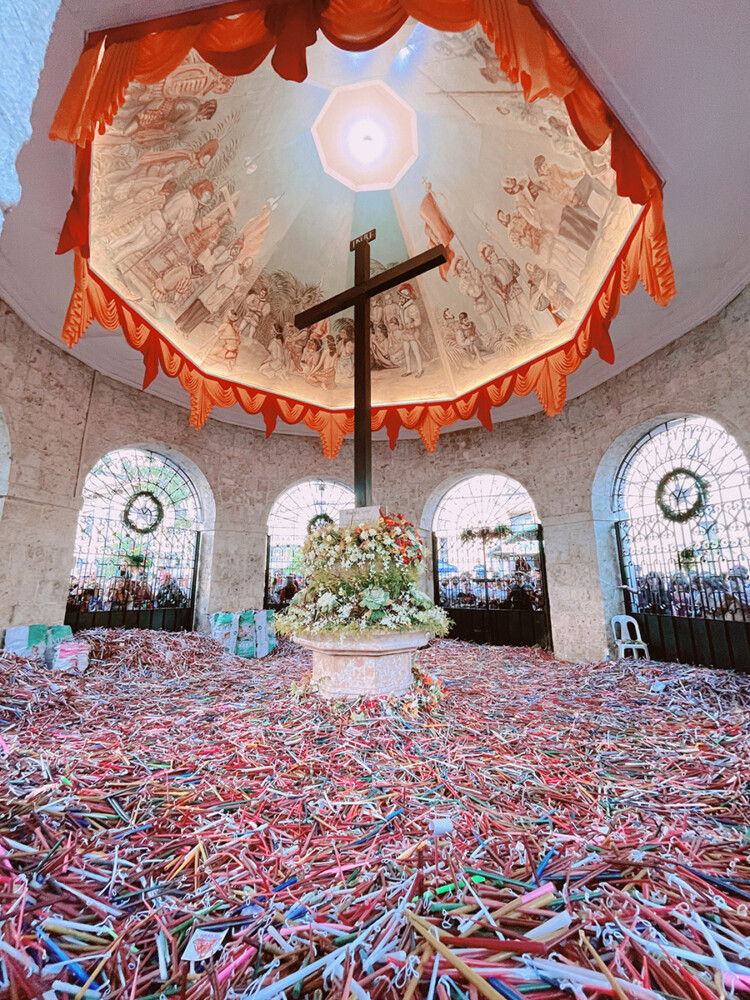
Many devotees from around the nation make a pilgrimage to Cebu once a year for this occasion. For this reason, you'll often hear people leaving work earlier to visit the Basilica del Santo Niño to pray or light candles for their loved ones.
While some visit the Basilica during their work hours, returning later during the day to finish their tasks.
5. Expect to see colorful costumes and floats.
The Sinulog festival showcases the creativity of Filipinos, with participants donning elaborate costumes and designing decorated floats. These artistic expressions require meticulous planning, craftsmanship, and teamwork.
Floats are equally impressive, often depicting scenes from Cebuano history or religious themes, each crafted to woo the audience. These artistic expressions require months of planning and collaboration among designers, seamstresses, and craftsmen. Many floats showcase the creativity and community spirit of the different provinces of Cebu Island.
In the professional realm, Cebuano workers apply the same creativity and attention to detail, ensuring their projects are done with precision and flair. Their ability to work collaboratively also reflects their strong teamwork and dedication to achieving goals as a team.
6. It’s a display of Cebuano hospitality.
Sinulog in Cebu is a time for family reunions and welcoming visitors worldwide, reflecting the famous Cebuano hospitality. During Sinulog in Cebu, locals open their homes to relatives and friends, sharing meals and stories.
This warmth and openness extend to their professional interactions, where Cebuano workers are known for their friendliness, approachability, and strong interpersonal skills. By fostering positive relationships with colleagues and clients, they create a collaborative and inclusive work environment that promotes trust and effective communication.
7. The local government and businesses play an essential role during the celebration.
Local government units and businesses play a crucial role in the success of the Sinulog festival in Cebu. They often adjust work schedules and support the festivities, ensuring employees can participate without compromising productivity.
This flexibility demonstrates the Cebuanos' ability to balance cultural obligations with professional duties, showing their adaptability and commitment to personal and communal well-being. This balance is evident in their workplaces as Cebuano workers manage their responsibilities effectively, ensuring that cultural events and work tasks are given the attention they deserve.
8. There is a boost in tourism during the festival.
Sinulog in Cebu attracts millions of tourists, significantly boosting Cebu's economy. During this peak season, hospitality, retail, and service workers work extended hours to accommodate the influx of visitors. However, BPO workers aren’t expected to extend their hours.
9. There are environmental initiatives.
Recently, a concerted effort has been made to make Sinulog more environmentally friendly. Organizers and participants have implemented measures to reduce waste, promote recycling, and encourage sustainable practices.
This growing environmental consciousness reflects the broader commitment of Cebuanos to social responsibility.
10. It’s not a Filipino festival without the food.
The Sinulog Festival is also a time to indulge in Cebu’s culinary offerings, with local delicacies like lechon (roast pig), puso (hanging rice), and other traditional dishes taking center stage. Typically, malls and other public areas showcase native food vendors so that all can indulge in delicious Filipino food. Without a doubt, food sharing during the festival fosters a sense of community and collaboration.
In the Philippines, it's not a party without the food!
What Does This Mean for Your Business?
Understanding the significance of the Sinulog festival can help businesses better manage and support their Cebu-based offshore teams during this culturally rich time.
Here’s how your business can make the most of this festive period:
- Cultural Acknowledgment: Recognize and celebrate the festival within your company communications. Simple gestures like sending a festive greeting or acknowledging Sinulog in meetings can boost morale and make employees feel valued.
- Encourage Sharing: Use Sinulog in Cebu as an opportunity for team-building by encouraging Cebuano employees to share their experiences with colleagues. This fosters a deeper understanding of cultural diversity and strengthens team cohesion.
- Support Work-Life Balance: Recognize the importance of cultural balance and show support by understanding that employees may have family commitments and community obligations during the festival.
By integrating these practices, your business can foster a supportive and inclusive work environment, enhancing employee satisfaction and productivity during the Sinulog festival in Cebu!
Celebrating Sinulog in Cebu: Traditions Meeting Business Excellence
The Sinulog festival in Cebu is a vibrant expression of Cebuano culture, faith, and community spirit. For clients and partners, understanding the Sinulog offers a deeper appreciation of the dedication, creativity, and resilience that Cebuano workers bring to their professional roles.
Their ability to balance cultural celebrations with a strong work ethic is a testament to their commitment to excellence, making them valuable offshore workers for your company.
Need to boost your workforce with talented offshore talent? We can help with that. Book a free consultation with us and tell us what you need!


